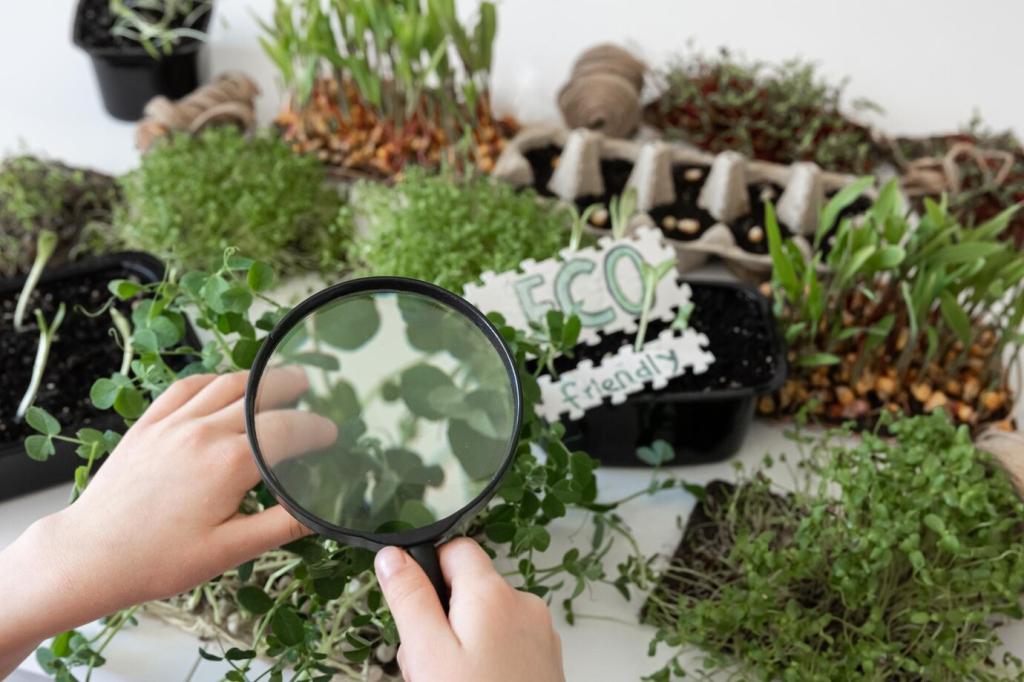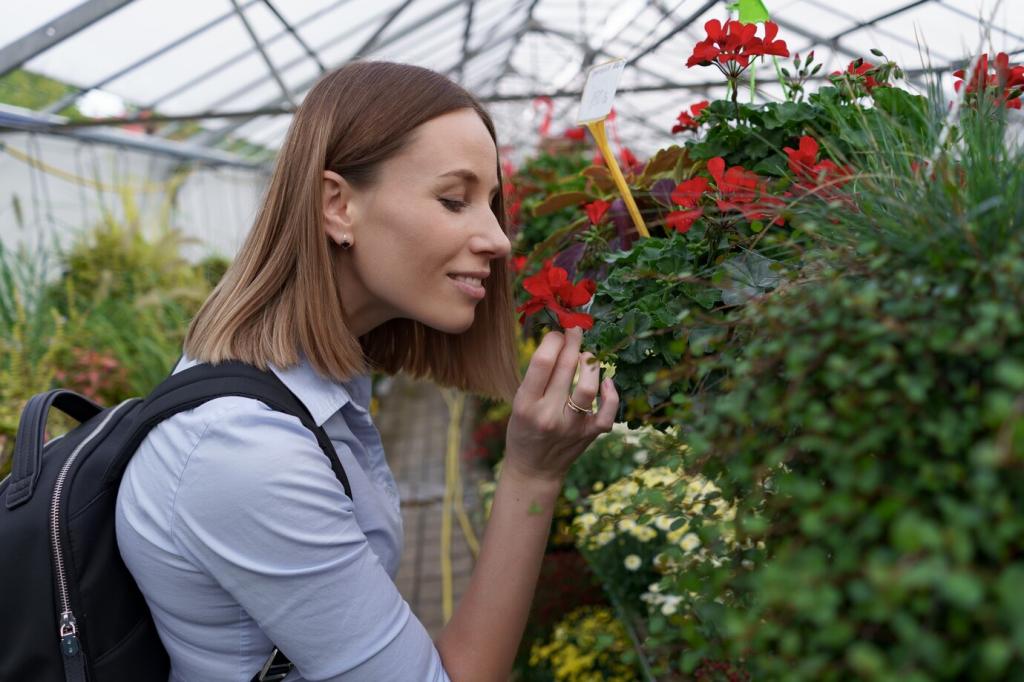Connecting with Culinary Experts on Garden-Based Recipes
Chosen theme: Connecting with Culinary Experts on Garden-Based Recipes. Welcome to a friendly crossroads where farmers’ market baskets meet chef whites. We share practical paths, real stories, and lively tips to help you partner with culinary experts and transform garden harvests into memorable plates. Join, comment, and subscribe to turn your plot into a conversation starter with chefs who truly care about seasonality.



Start the Conversation: Reaching Out to Culinary Experts
Begin with chefs who already celebrate local produce on their menus or social feeds. Look for seasonal tasting notes, farmers tagged in posts, and kitchen gardens. These signals reveal openness to collaboration and respect for garden-based ingredients.
Start the Conversation: Reaching Out to Culinary Experts
Keep your message concise, seasonal, and sensory. Share what is ripe now, flavor notes, and consistent supply. Include two high-quality photos, a short harvest calendar, and a clear ask: ideas, tasting session, or co-developed garden-based recipe.
Share a simple, color-coded chart showing expected yields by week. Chefs value certainty. Offer backup varieties and substitution ideas, so a rainy week does not derail a garden-based recipe or a seasonal tasting menu.
Seasonality as a Shared Language
Peak flavor rarely lasts long. Young fennel fronds, first-of-the-season peas, and late-summer tomatoes each have narrow windows. Provide tasting notes and texture cues so chefs can design garden-based recipes that spotlight those fleeting moments.
Seasonality as a Shared Language
Co-Creating Garden-Based Recipes: A Practical Workflow
Send a one-page brief per ingredient: variety, flavor descriptors, firmness, shelf life, and yield. Include handling notes—do blossoms bruise easily, or herbs blacken when wet? Chefs will trust your garden-based recipe partnerships more quickly.
Co-Creating Garden-Based Recipes: A Practical Workflow
Schedule a short tasting with three precise trials and one wild card. Bring measured samples, not baskets. Record temperatures, textures, and chef comments. This disciplined cadence accelerates iteration on any garden-based recipe you co-create together.
Pickling and Quick Preserves
Chefs lean on bright acids to extend flavor. Try light brines for stems, blossom vinegar infusions, and refrigerator pickles. These humble techniques turn surplus into sparks of acidity inside vibrant, garden-based recipes with minimal equipment.
Stocks, Oils, and Zero-Waste Flavor
Save carrot tops, leek greens, and herb stems for delicate stocks or chlorophyll oils. A chef’s low-waste routine extracts surprising depth. The result is concentrated character that amplifies garden-based recipes without overshadowing fresh produce.
Char, Smoke, and Contrast
Brief charring intensifies sweetness in onions, peppers, and cabbage. A kiss of smoke on tomatoes or eggplant adds intrigue. Pair with something raw and bright for contrast, creating layered garden-based recipes that feel both rustic and refined.

Stories from the Pass: Chef Encounters That Shaped Dishes
A chef tasted a sun-warmed Juliet tomato behind the restaurant and scrapped a planned special on the spot. By service, a chilled tomato broth appeared—simple, fragrant, unforgettable. That spontaneous garden-based recipe sold out before dessert.

Build a Community Around Expert Insight
Host fifteen-minute chats where chefs answer three sharp questions about a single ingredient. Encourage readers to submit harvest photos beforehand. These focused sessions become a rich archive fueling future garden-based recipes across the seasons.
